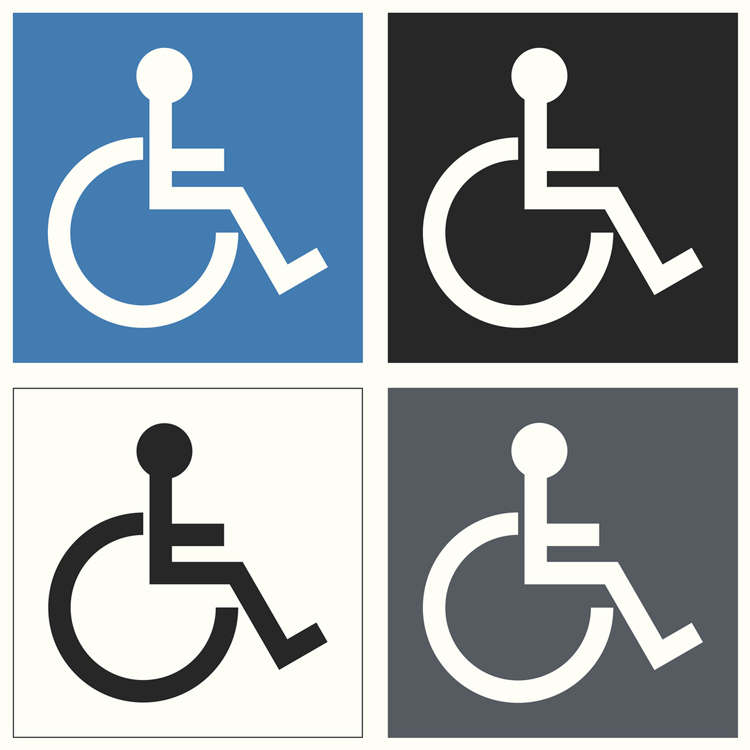What is accessibility?
The wheelchair icon is recognized throughout the world as a symbol of accessibility
Accessibility is the more specific regard towards the necessities of people with disabilities and the adjustments made whether it may be facilities or products. It is important that people with disabilities can move around without challenges and assure that the surrounding area is not detrimental to them. Overall, the purpose for accessibility is that they can communicate, interact, be able to use services, and receive information as much as someone who doesn’t have a disability can.
In 1990, one of the ways to try to ensure more accessibility, the Americans with Disabilities Act (ADA) was passed. The ADA was implemented to stop discrimination targeted towards disabled peoples. This involves transportation, communication, attainability of state and local government services, and employment. There is also the Patient Protection and Affordable Care Act (ACA) that focuses on aspects for disabled people that includes cost-effective health care and improved protection for the disabled Americans and more health care options.
Some examples of accessibility are the use of sign language or having someone able to do sign language readily available and making parking spaces that are not far from the entrances of areas. Also, accessibility includes the ability to move around easily such as making sure that areas are clear without supplies, materials, etc. laying around.
Regarding accessibility in a school setting, there are many ways schools can make the facilities more accommodated towards people with disabilities. For example, schools should implement ramps and elevators for those using wheelchairs. Schools could also implement a system for recording the lessons the teachers teach for those that may need extra time to grasp the information provided. Lastly, teachers should also keep in mind the distractions that may impact some disabled peoples’ ability to learn. This includes students walking around in the hallways and having other students in too close settings such as when using tables that are not large enough.
In terms of technology, devices have options that are geared towards people with disabilities as well. For example, those who can’t hear very well or are deaf can utilize transcribed videos or captioning. Those who have vision disabilities can also utilize zoom in features or utilize screen magnification software to have a closer look on different areas of a screen.
Accessibility is fundamental for people with disabilities to more easily and be able to do the same activities as someone without disabilities can do without discrepancies. Thus, it is significant that ways to make facilities, education, communication, and other aspects to everyday life more accessible and incorporate more changes that doesn’t limit the inclusion of those who are disabled as well.


